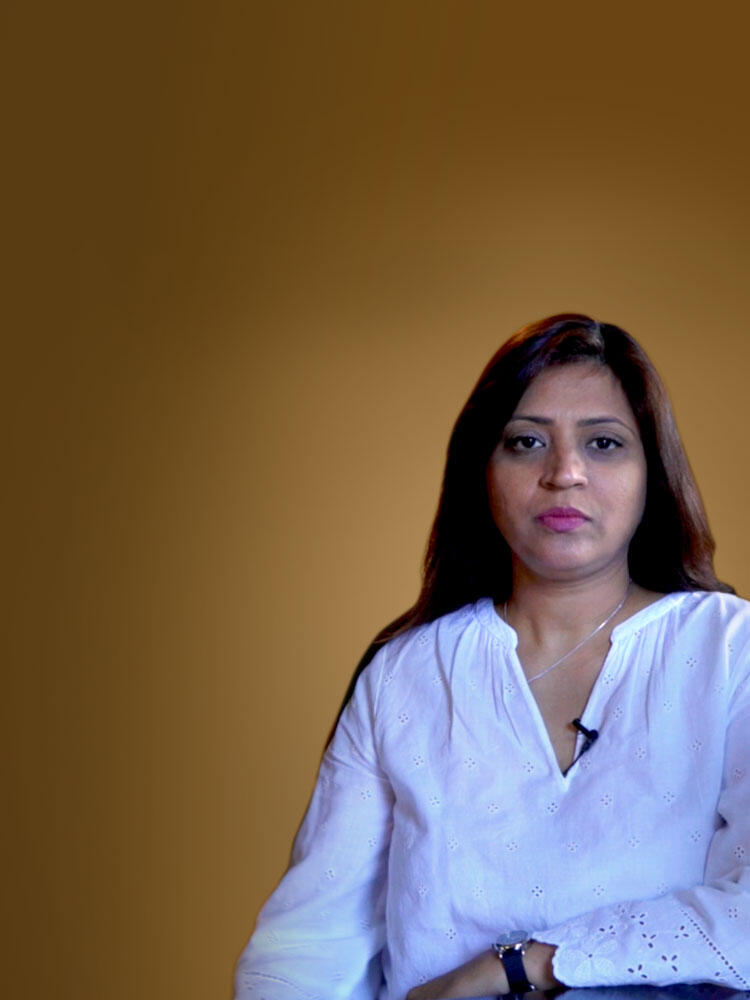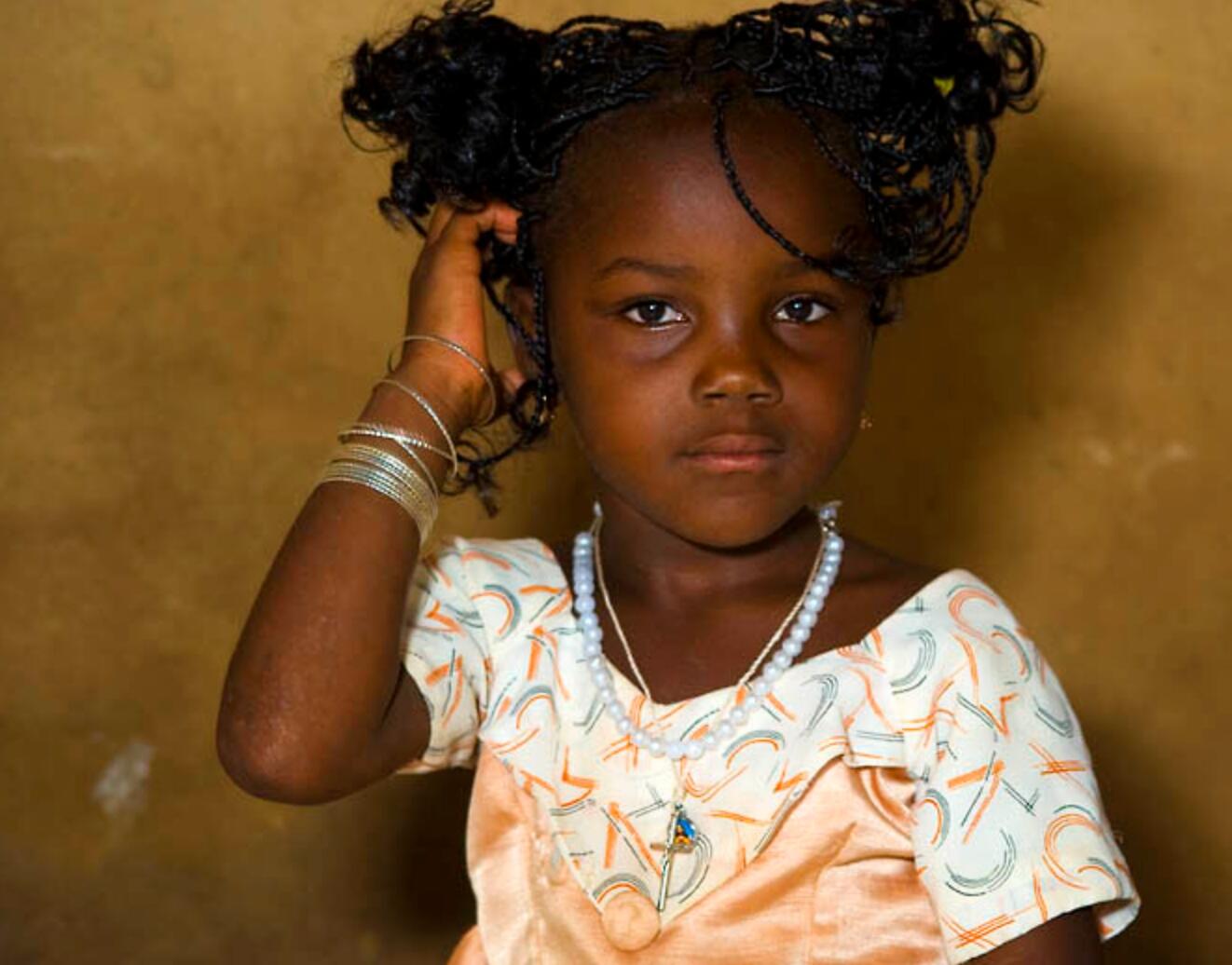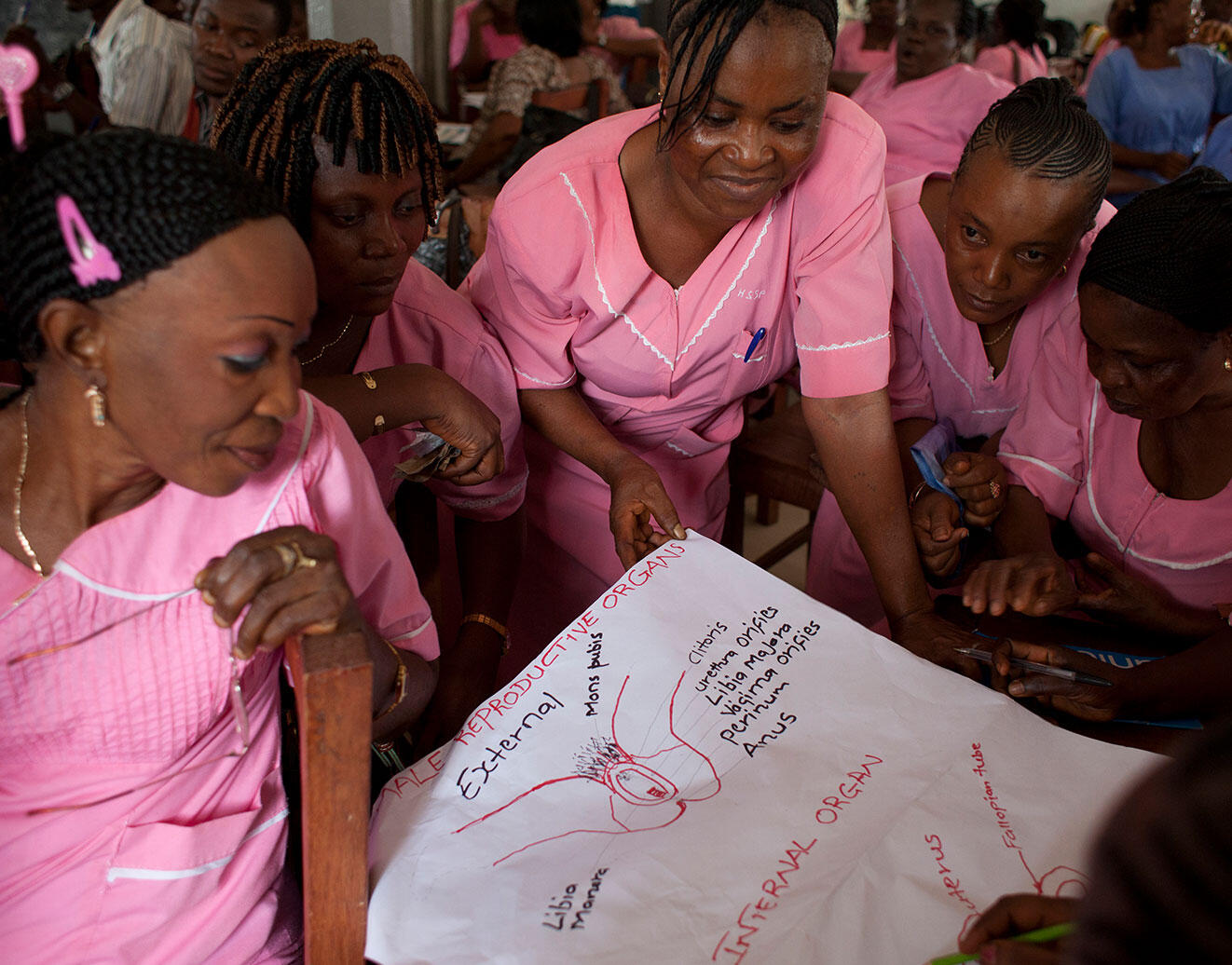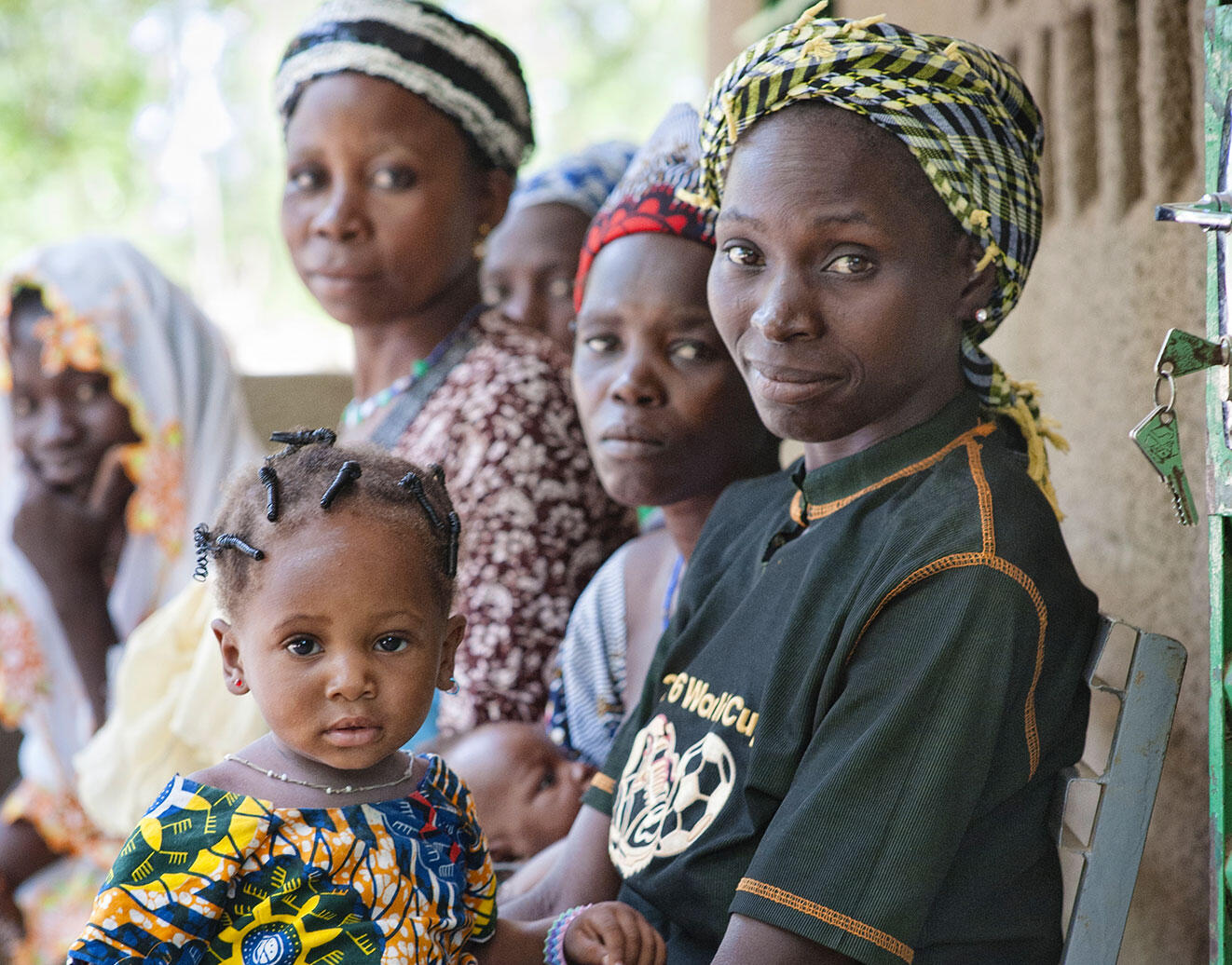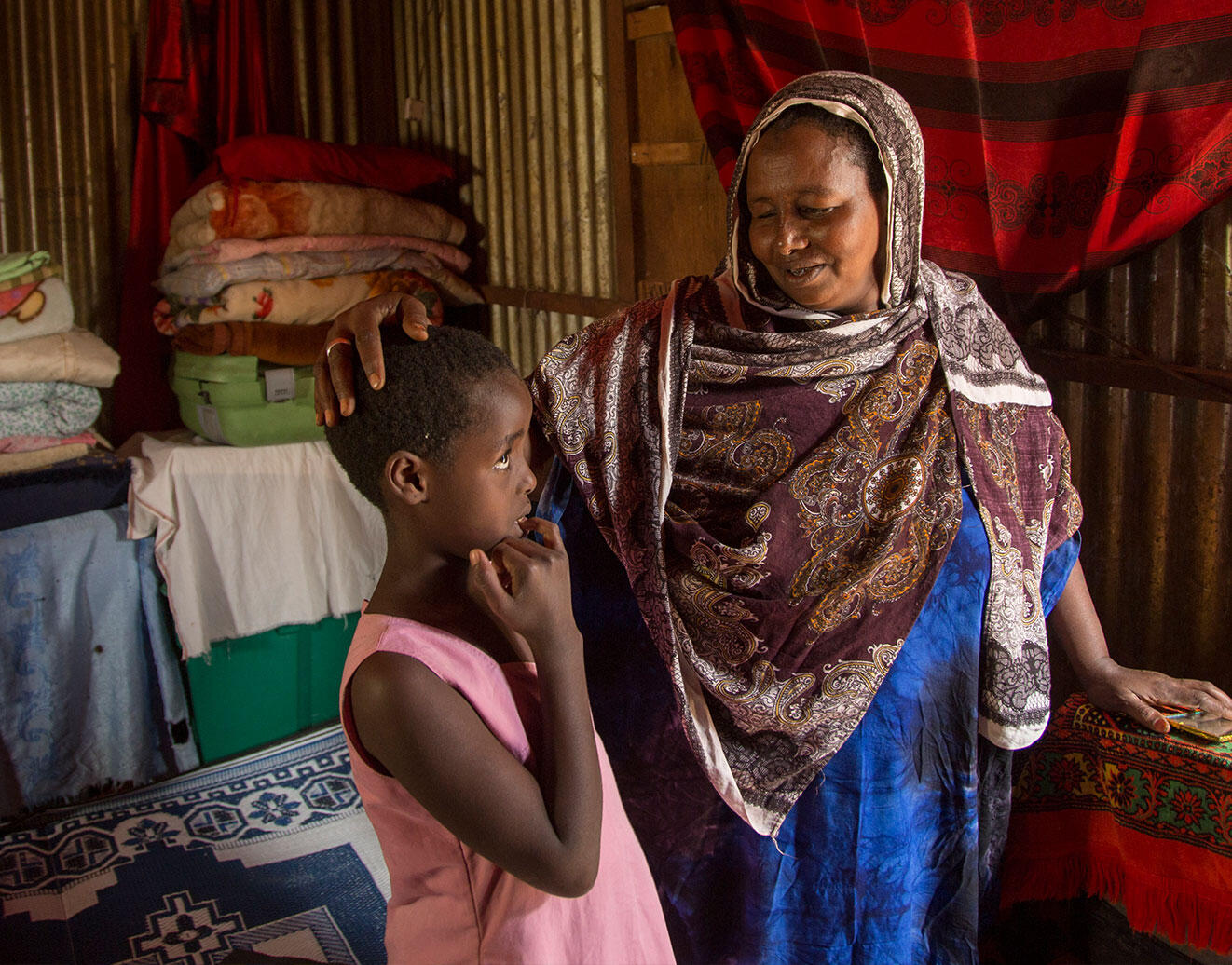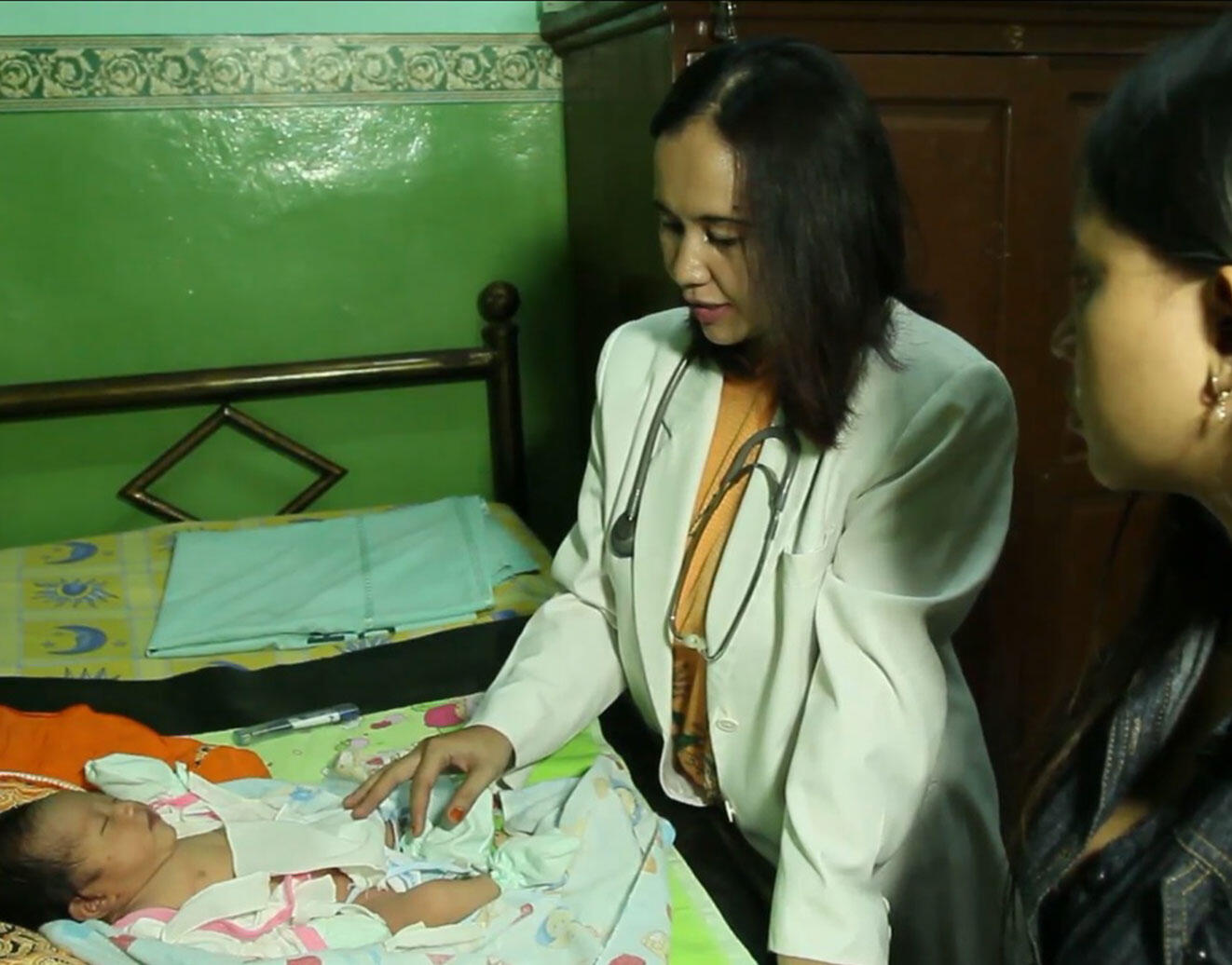“It has left a lot of sad memories, which I can never forget about,” says Alifya.
When she was 7 years old, Alifya was told she had to have a worm removed from her body. She remembers being taken to an old building in her native Mumbai, then walking up the stairs and into a dark and dingy room.
There, she was laid down on the floor and, with no anaesthetic, her clitoris and prepuce were cut off.
Alifya screamed and cried from the pain. She bled for days afterwards, and had a hard time passing urine.
Female genital mutilation is practised all around the world. Known as khatna in Alifya’s Dawoodi Bohra community, it comes in many forms, encompassing any procedure that involves injuring or altering the female genitalia for non-medical reasons.
Female genital mutilation has serious, and sometimes fatal, consequences.
Immediate complications include severe pain, shock, haemorrhage, infection and urine retention. Haemorrhage and infection can be serious enough to cause death. Long-term physical risks include anaemia, cysts and abscesses, pain during sexual intercourse, increased risk of HIV transmission, and complications during childbirth that can threaten the life of mother and baby.
“It took about two, three weeks for me to heal. And I still remember that, very freshly in my mind. It’s really sad.” Sitting in her apartment in New York, Alifya blinks back tears as she tells her story.
The psychological impact can last long after physical wounds have healed. Girls and women who have undergone female genital mutilation can experience anxiety, depression, memory loss, sleep disorders and post-traumatic stress disorder (PTSD).
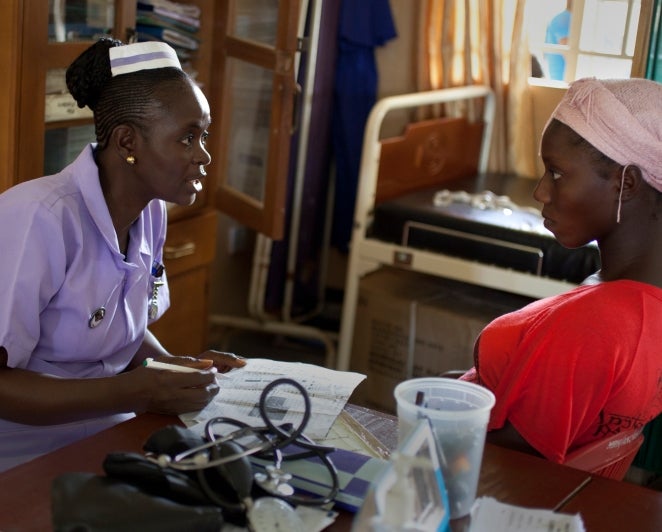
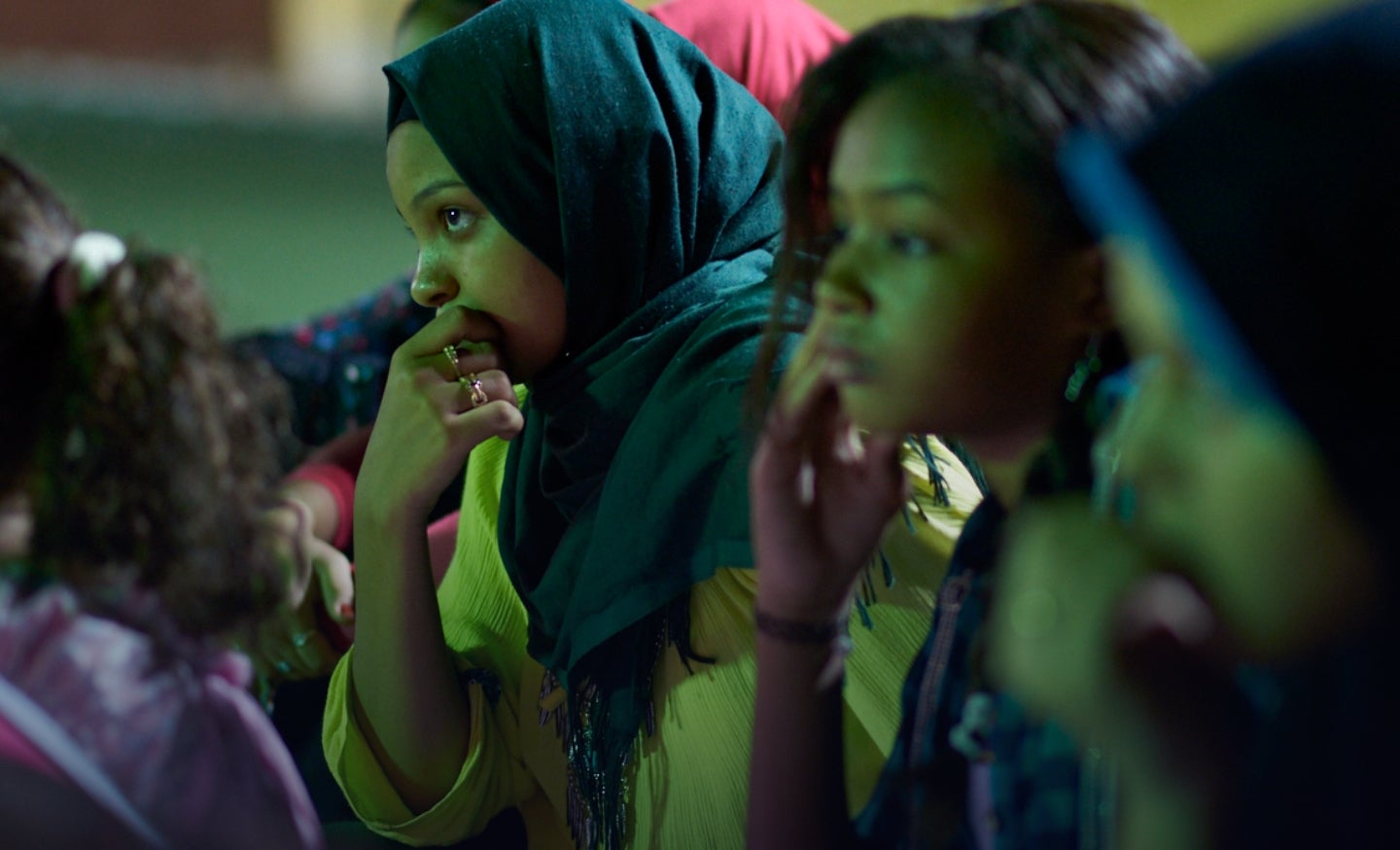
Along with the scars it leaves on a survivor’s body and spirit, female genital mutilation alters and constrains the life trajectories of the girls and women who undergo it. Frequently a precursor to child marriage and an early end to schooling, the practice threatens a girl’s ability to build a better future for herself, her family and her community.
By reinforcing the limits that many societies place on girls and women, female genital mutilation perpetuates the kind of poverty that continues from generation to generation.
Whatever its form, female genital mutilation violates the human rights of women and girls to live free of discrimination on the basis of sex, and deprives them of the chance to make critical decisions about their bodies and their lives.
In her own family, Alifya has put an end to female genital mutilation.
“I am so proud of myself that I will not do this to my daughters,” she says. “I don’t think any other child in this world deserves to go through this.”
“I’m proud that she’s standing up for all these things that have happened to her,” says her 14-year-old daughter Insiya.



